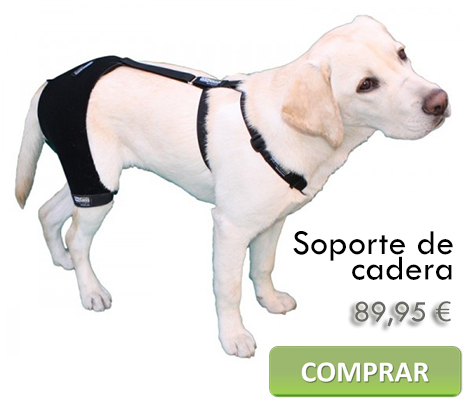As they get older, dogs also have their ailments. Among them, arthritis, a disease suffered by about one in five dogs. Arthritis affects the joints and causes affected dogs to swell one or more legs. Arthritis in dogs will cause them to not only walk badly. It will also cause them a lot of pain.
This disease is degenerative and in many cases has no cure, but at least it can be treated so that it progresses as slowly as possible. Especially if it is diagnosed in its early stages. Then measures can be taken to alleviate its effects, and to improve the quality of life of the animal. But to achieve this, it is essential to detect its symptoms as soon as possible.
Main symptoms of arthritis in dogs
Among the main symptoms of arthritis in dogs is the difficulty that those affected have to get up and lie down. They may also have more or less stiffness in the affected legs. Because they may have one or more affected.
In addition, they are reluctant to climb stairs, nor do they want to jump. They may also stop performing certain movements that they used to do habitually. In parallel, noises can be heard when bending the legs. And inflammation may be visible, making it easier to detect the disease.
It is normal for the dog to also have pains, which will cause him to complain. In any of these cases, it is advisable to consult with the veterinarian so that he can correctly diagnose the ailment.
It should also be borne in mind that arthritis in dogs does not only occur in animals of a certain age. It can also affect younger dogs. In these cases, arthritis is usually due to an injury, and also to a strong blow.
Treatment of arthritis in dogs
As we have mentioned, following certain guidelines and treatments, arthritis in dogs can be relieved and slowed down. Also largely avoid the pains it causes.
Generally, the first thing the veterinarian will do after the diagnosis of arthritis is to put a drug-based treatment. Among them there will be analgesics for pain, and also anti-inflammatories. Of course, the treatment will depend on each animal and also on the advanced nature of the disease.
It is also usually recommended that the dog take a food supplement, focused on the regeneration of cartilage that has suffered damage. Among them, those with Omega 3. In many cases they can relieve inflammation and cause the condition of the affected legs to improve. And in later cases, and if the arthritis is usually very advanced, the veterinarian may recommend an operation.
In addition to the treatments proposed by the veterinarian, certain measures can also be taken to facilitate the daily life of the dog. For example, you have to monitor your diet to prevent it from getting fat and overloading your joints. You should also try to get him to do some gentle exercise on a daily basis. For example, walking for 15 or 30 minutes every day. Swimming will also be good.
In case the disease causes pain to the dog, and difficulty moving, it is advisable to use protectors or orthoses on the elbows or knees of the affected paws. With them, the limb will be safer, and the dog will have less pain.

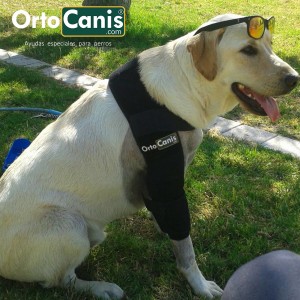
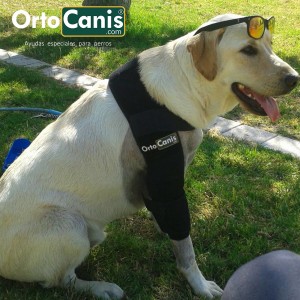



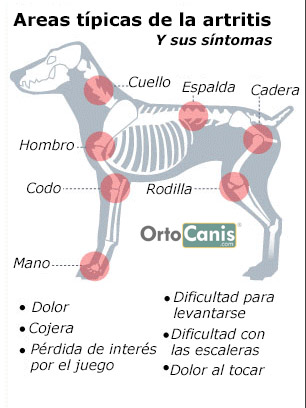 Luckily or unfortunately dogs don’t talk, so sometimes it can be hard to tell if they’re in pain. Fortunately, the dog’s response to pain is very similar to what we give. Depending on its level of tolerance to it, its intensity and its origin, we will observe changes in behavior that seek to avoid it. These avoidant behaviors will be more or less marked, so it is important to know well what the normal behavior of the dog in question is to realize the changes.
Luckily or unfortunately dogs don’t talk, so sometimes it can be hard to tell if they’re in pain. Fortunately, the dog’s response to pain is very similar to what we give. Depending on its level of tolerance to it, its intensity and its origin, we will observe changes in behavior that seek to avoid it. These avoidant behaviors will be more or less marked, so it is important to know well what the normal behavior of the dog in question is to realize the changes.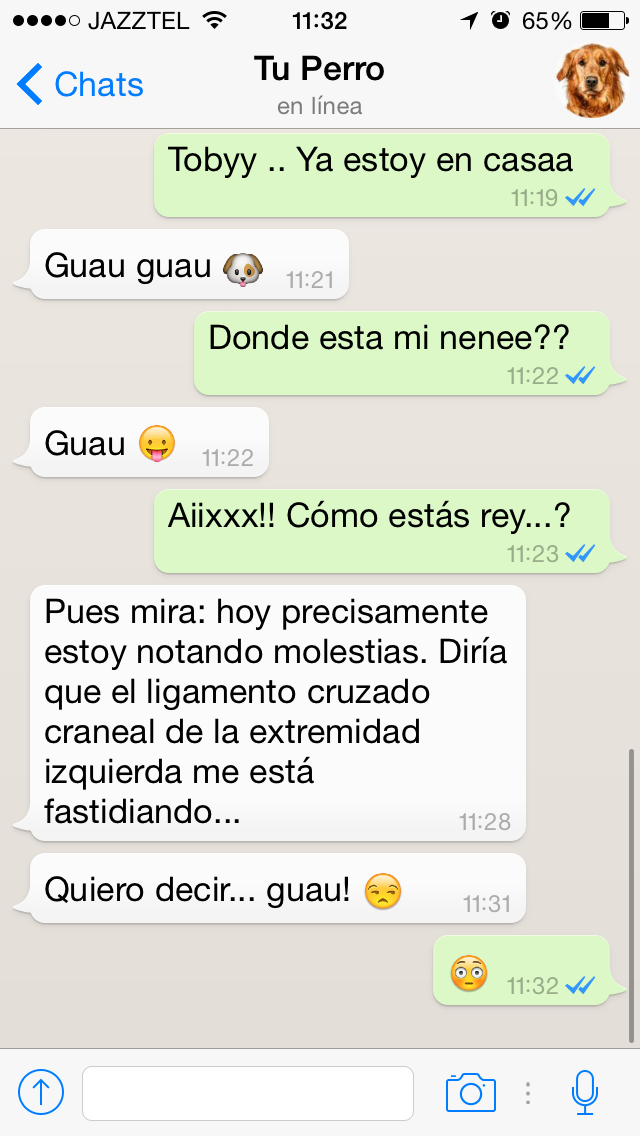 In more concrete terms, postural or movement alterations can be observed: the dog avoids performing those movements and postures that intensify the pain. A simple example is not to support that leg that is injured. There can also be an excessive grooming behavior of the painful area, which can bring more serious situations, such as when a small lesion on the skin is complicated in licking dermatitis, although the pain is a physiological response of protection whose function is to avoid the aggravation of an injury.
In more concrete terms, postural or movement alterations can be observed: the dog avoids performing those movements and postures that intensify the pain. A simple example is not to support that leg that is injured. There can also be an excessive grooming behavior of the painful area, which can bring more serious situations, such as when a small lesion on the skin is complicated in licking dermatitis, although the pain is a physiological response of protection whose function is to avoid the aggravation of an injury.